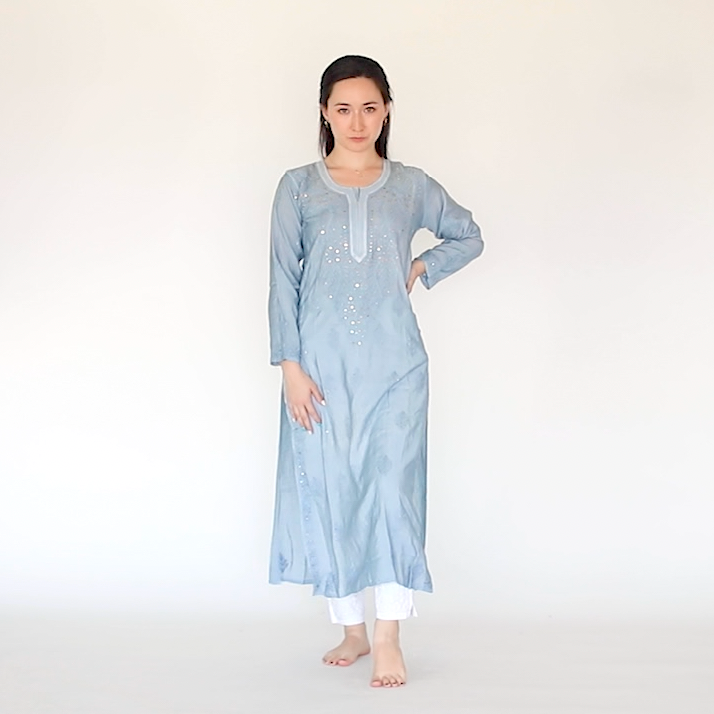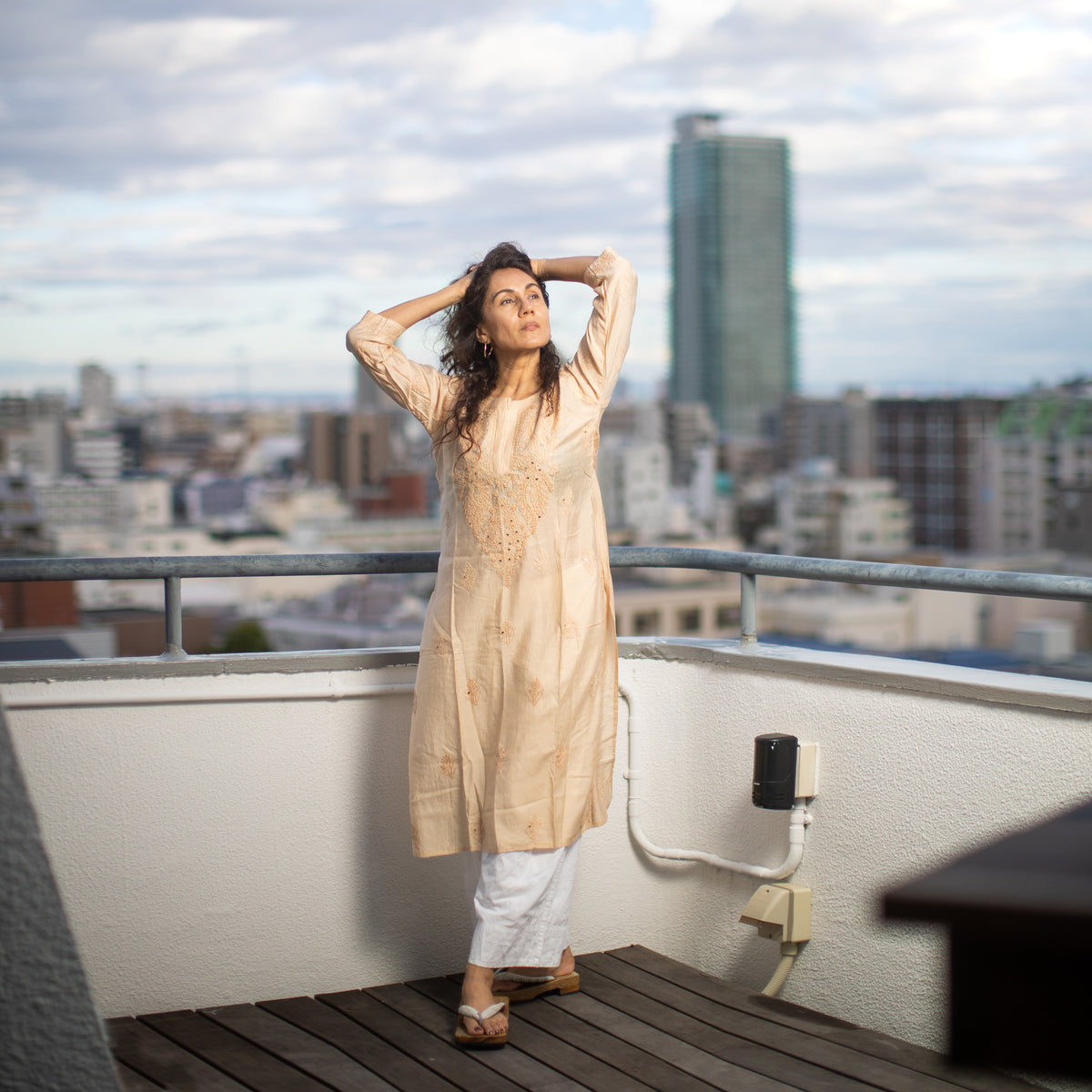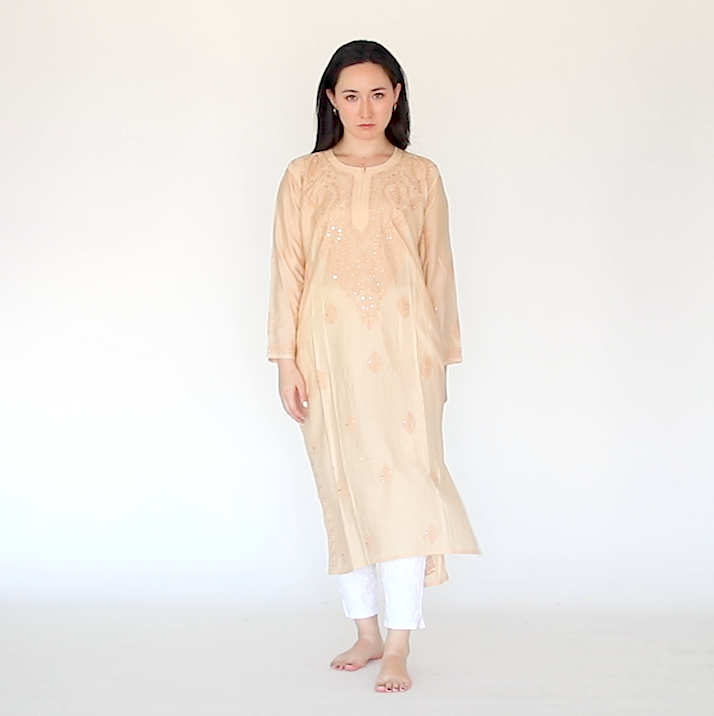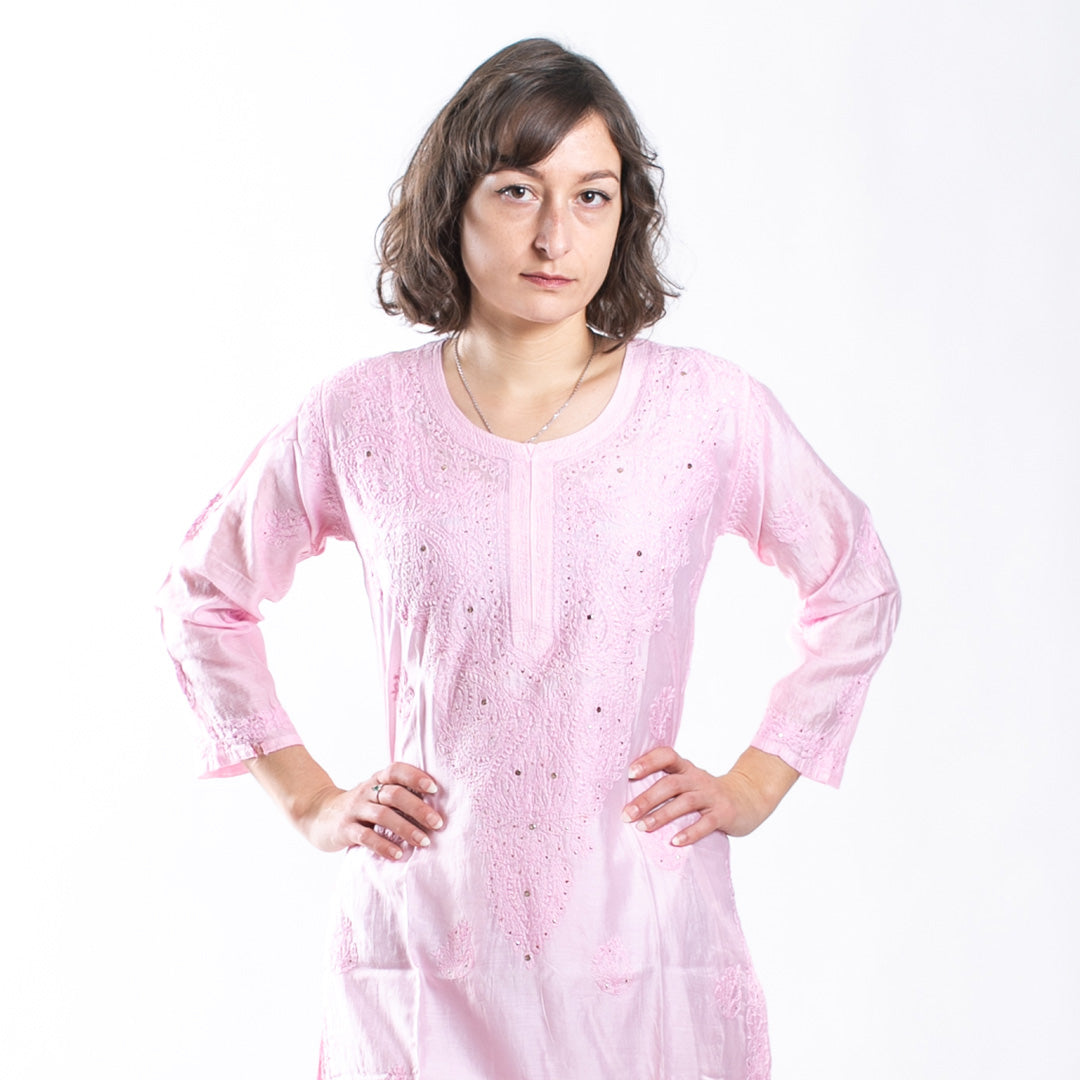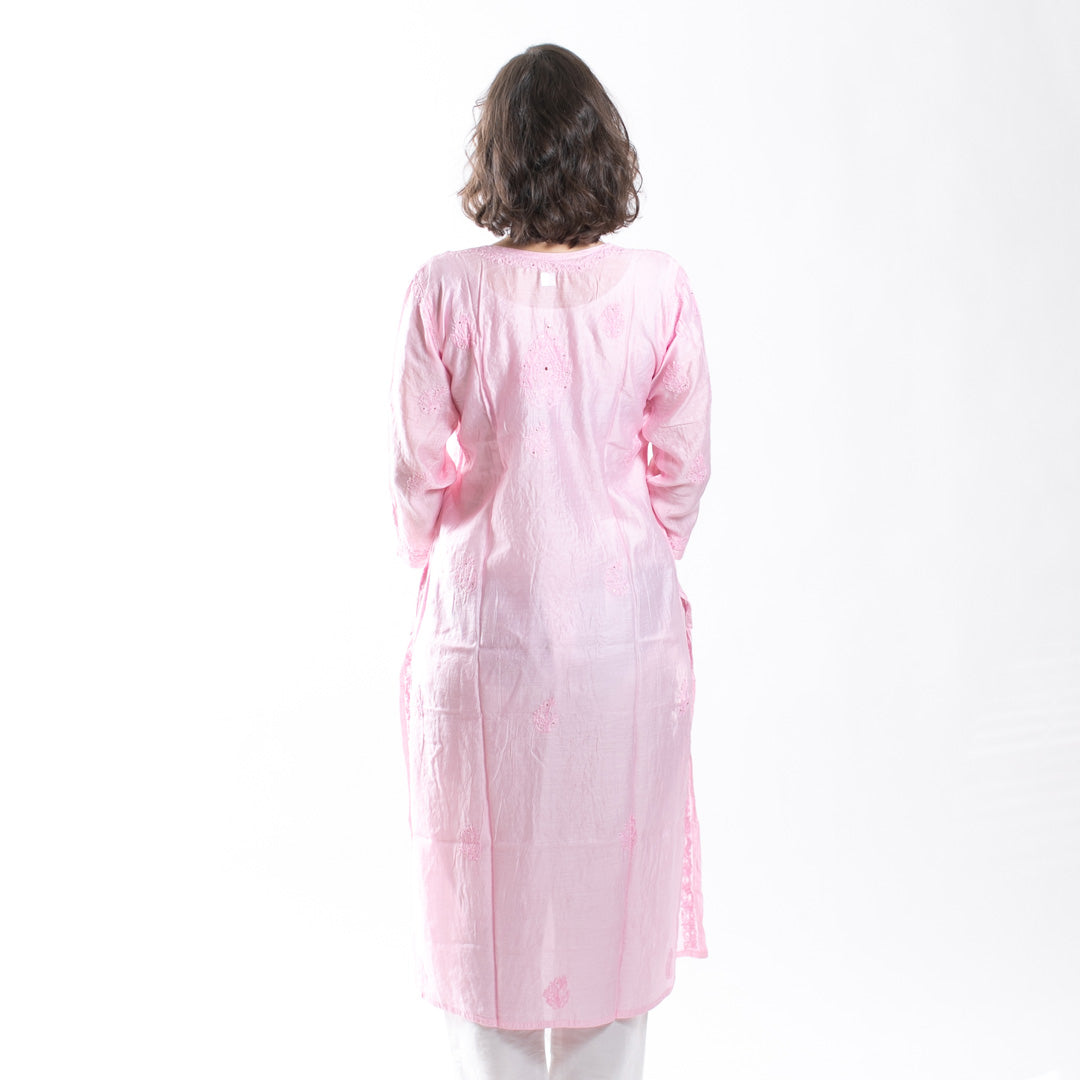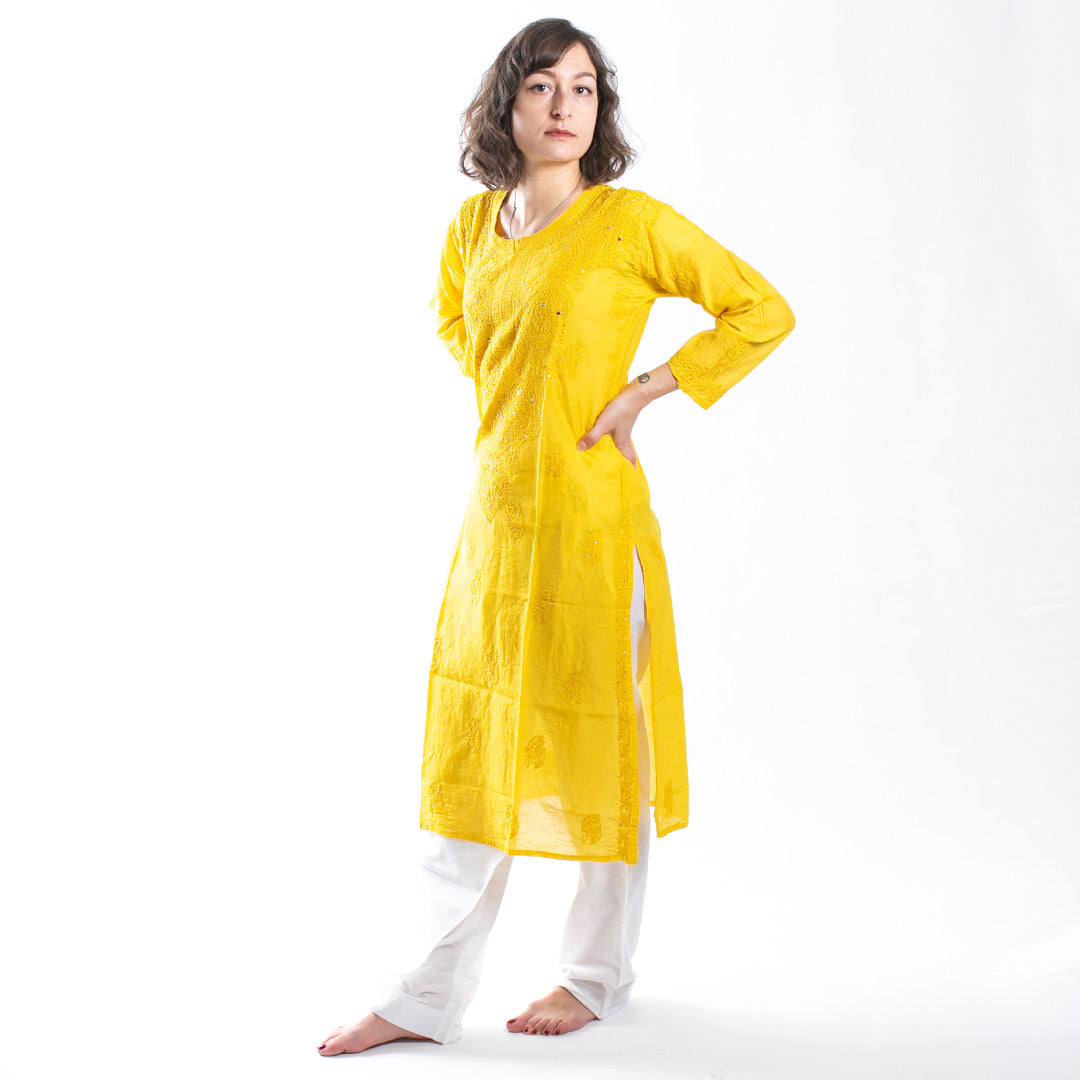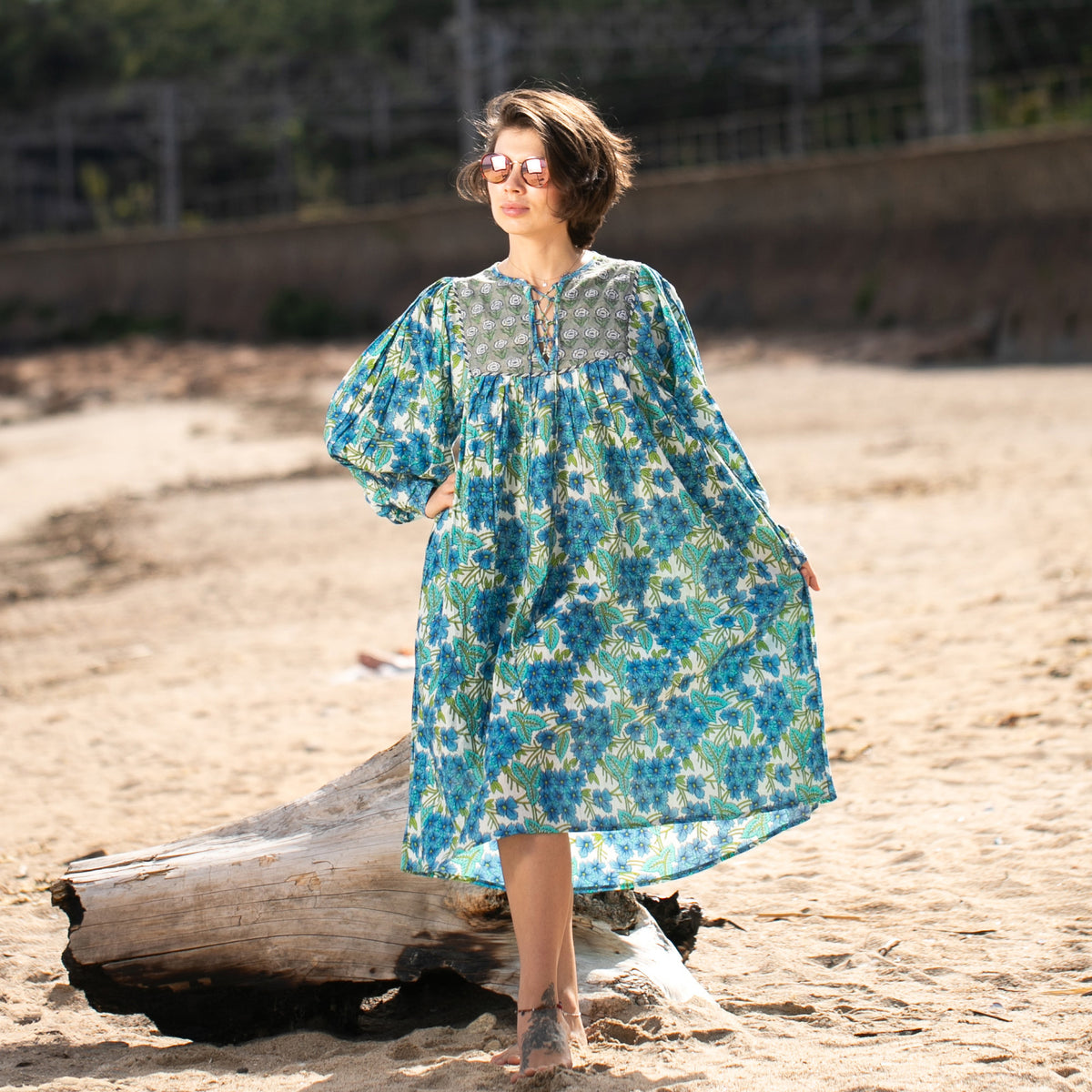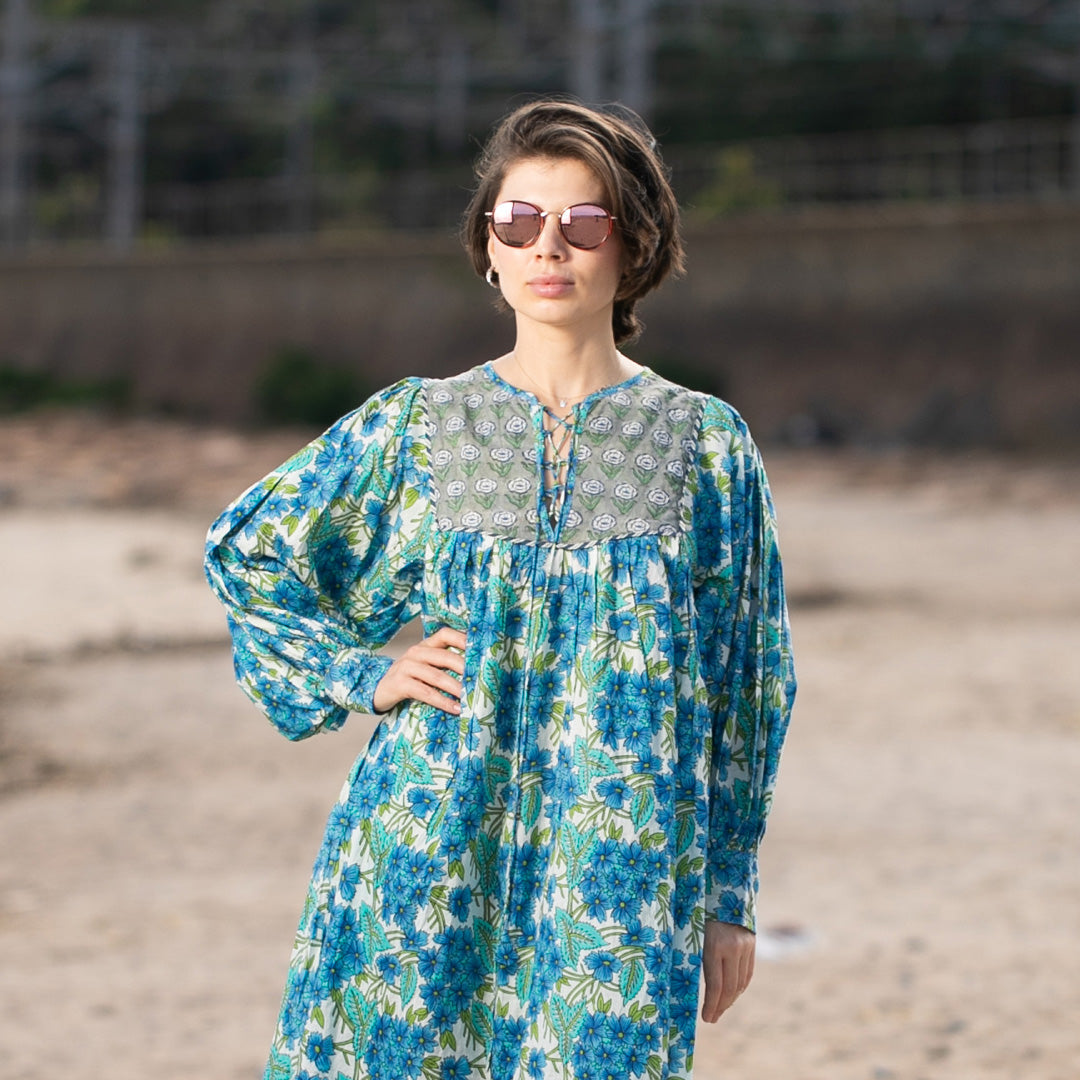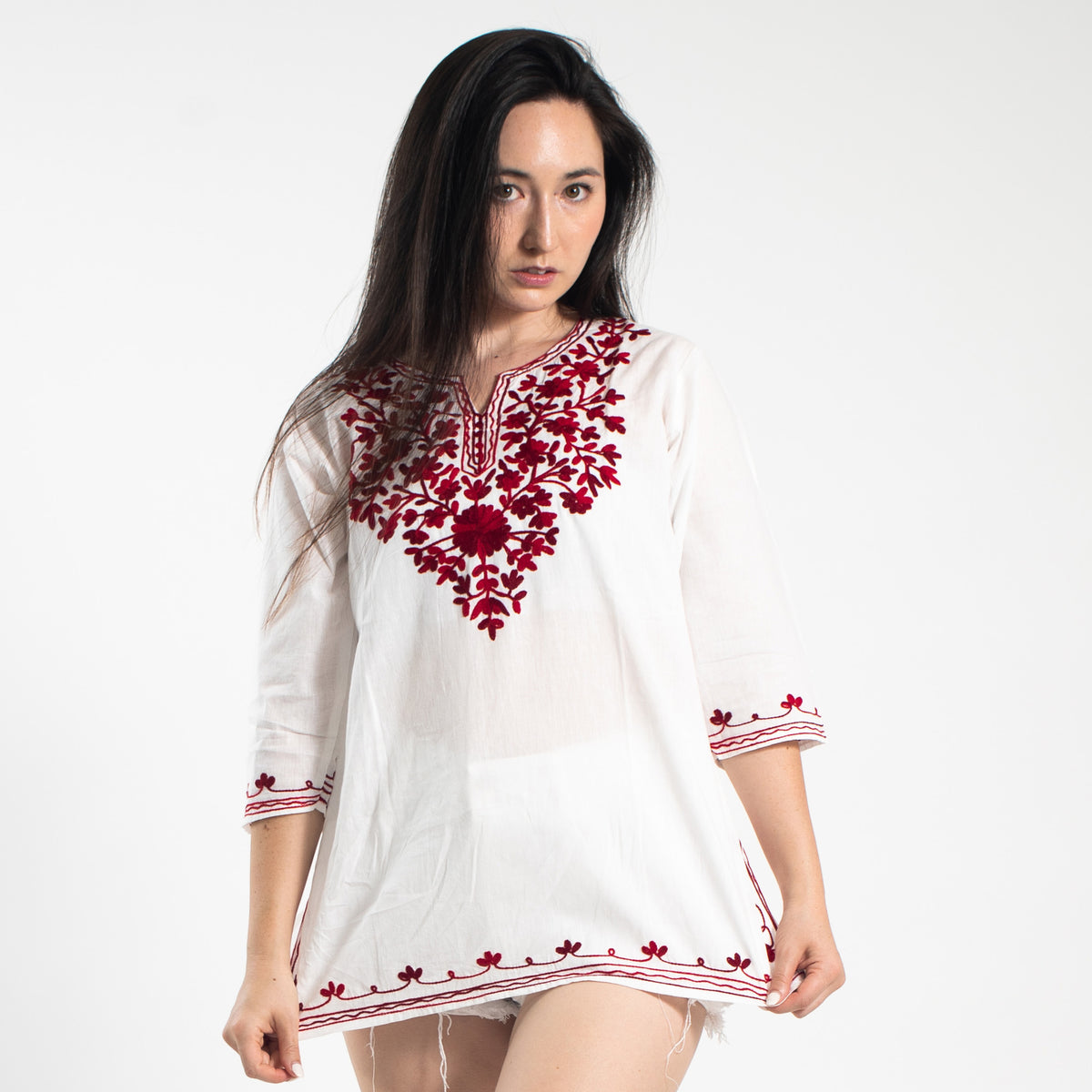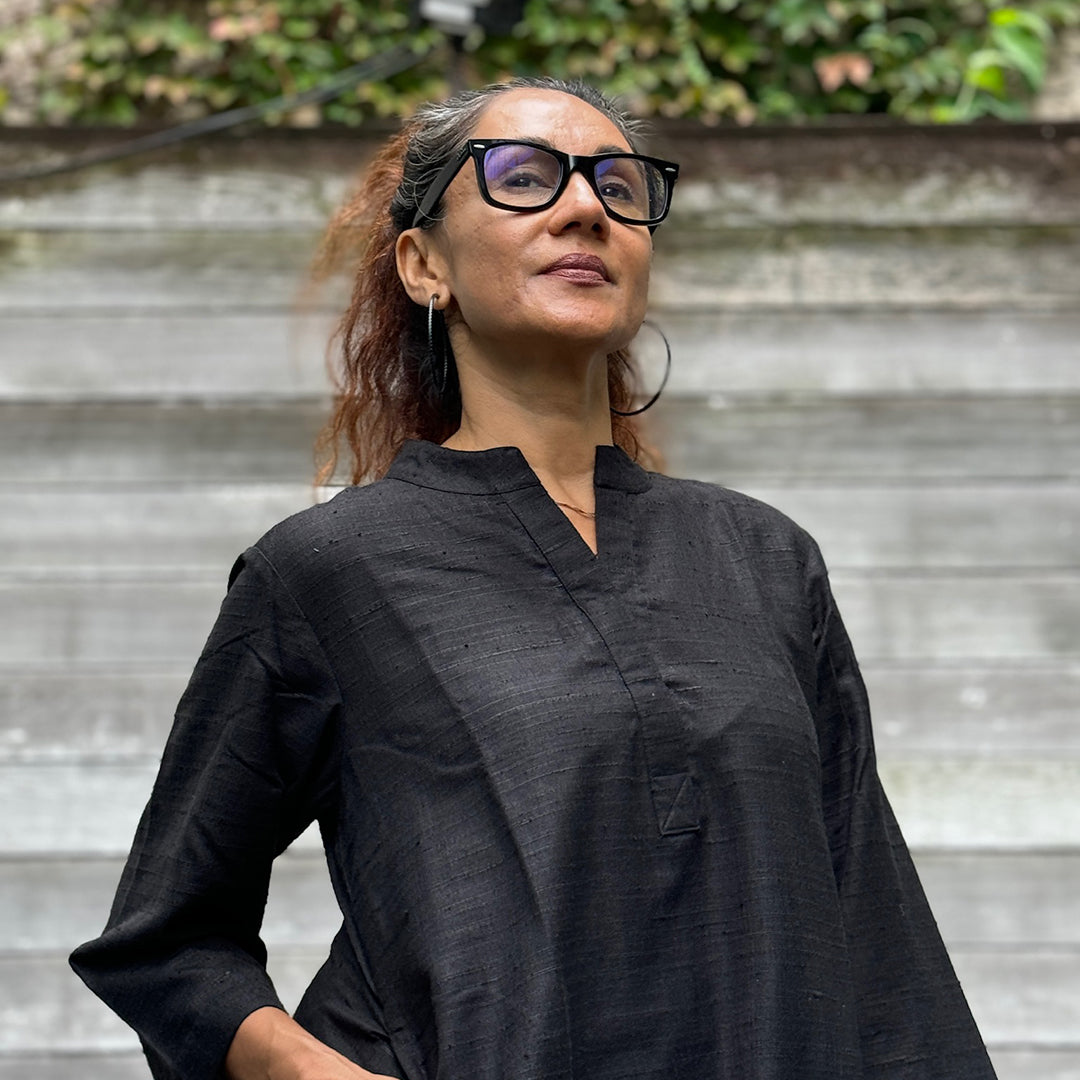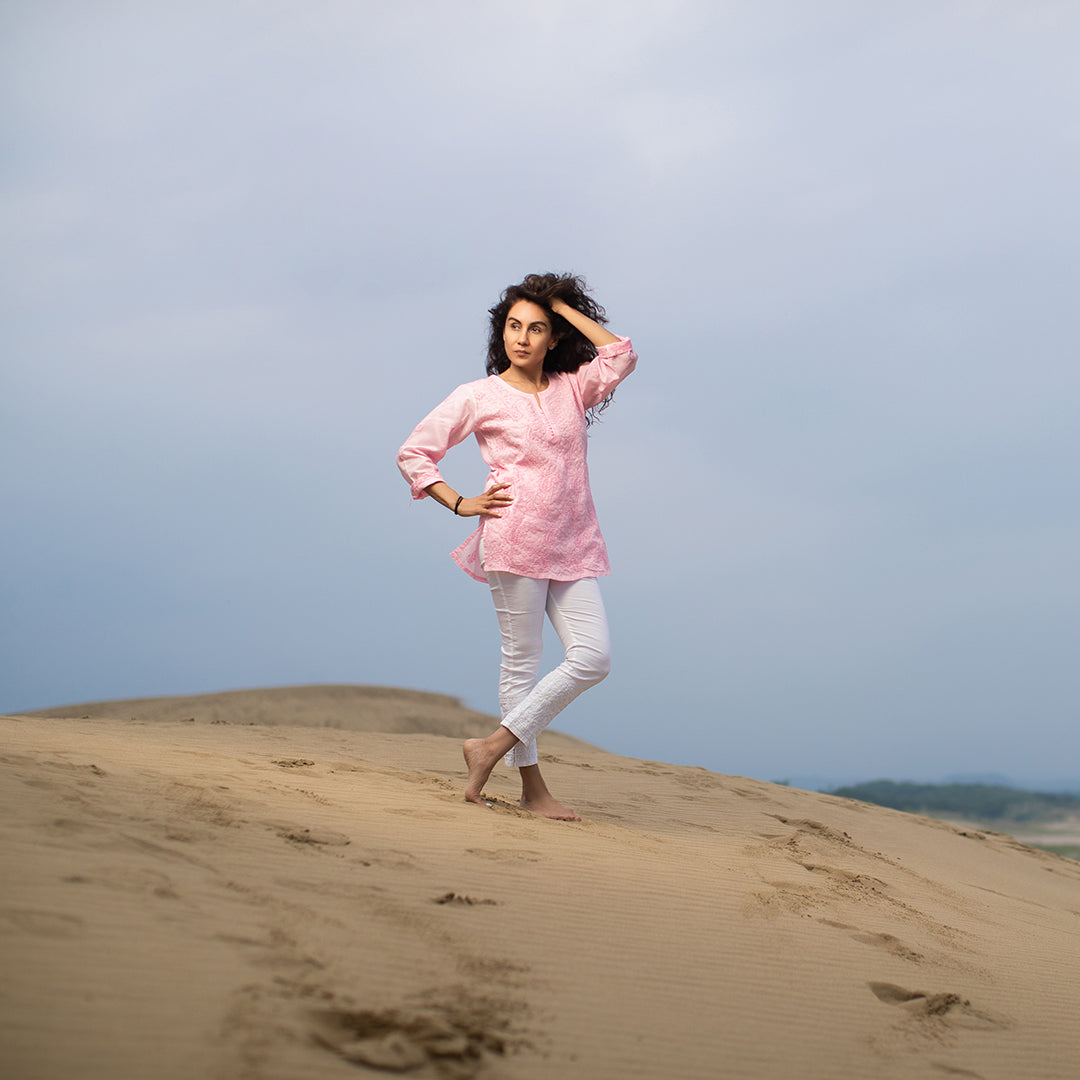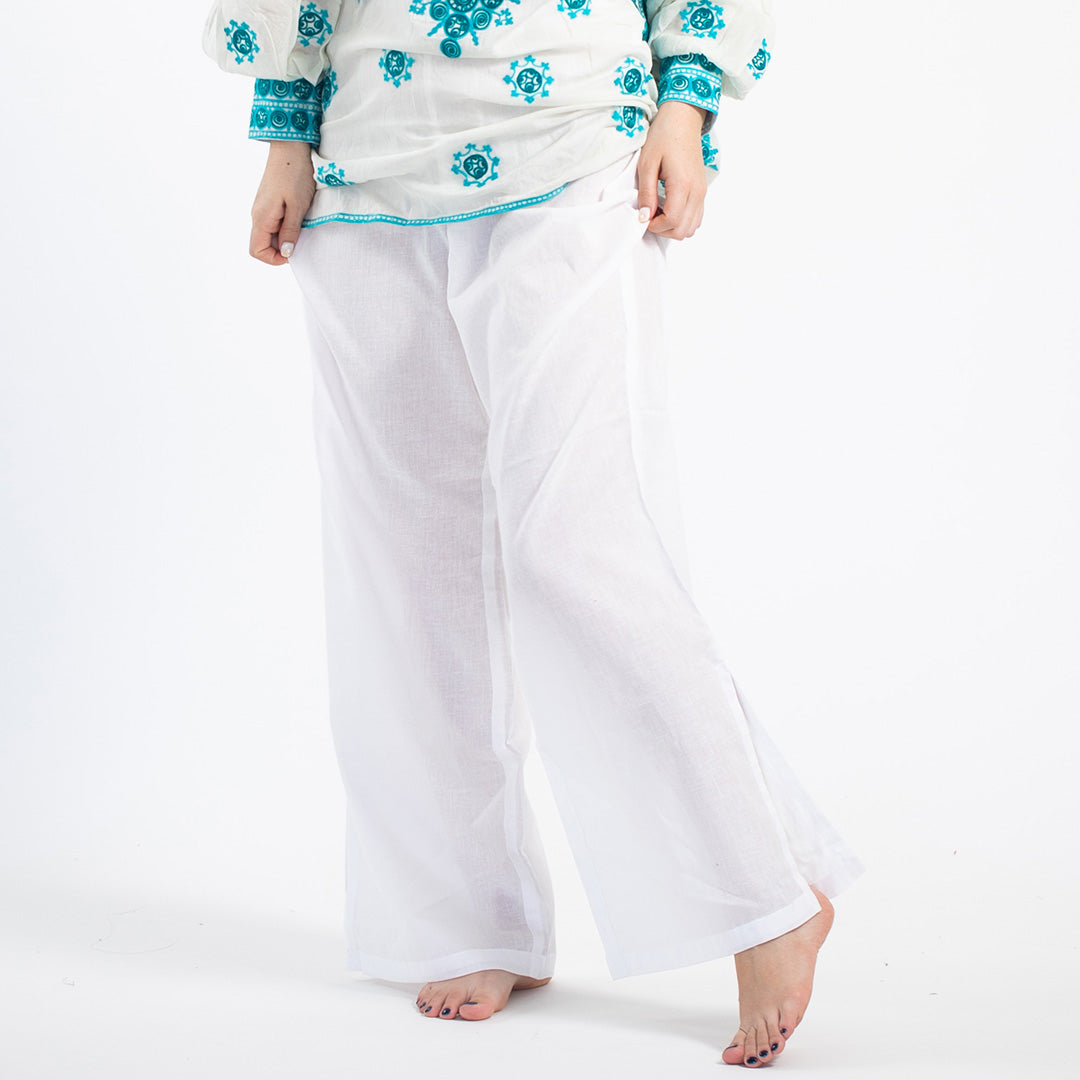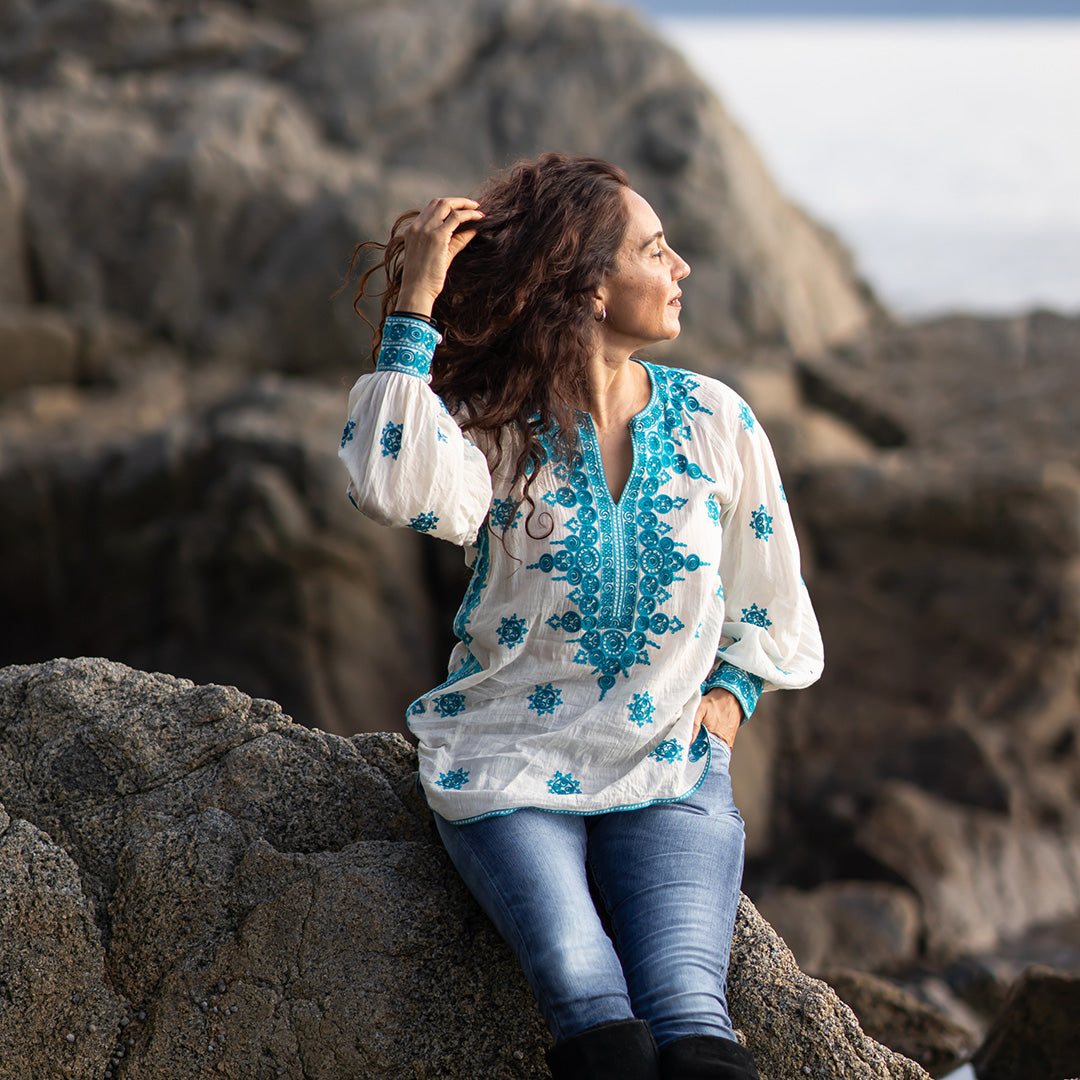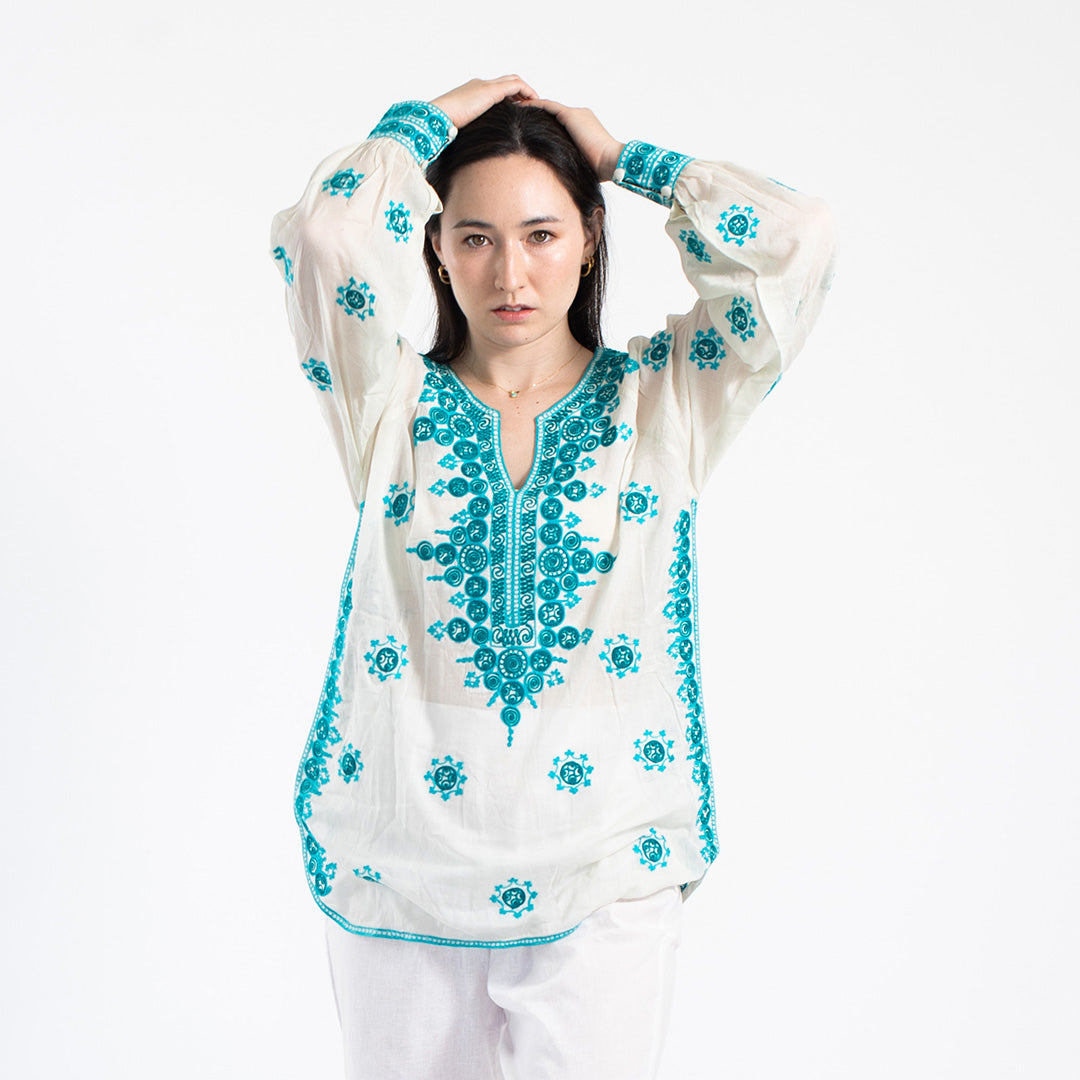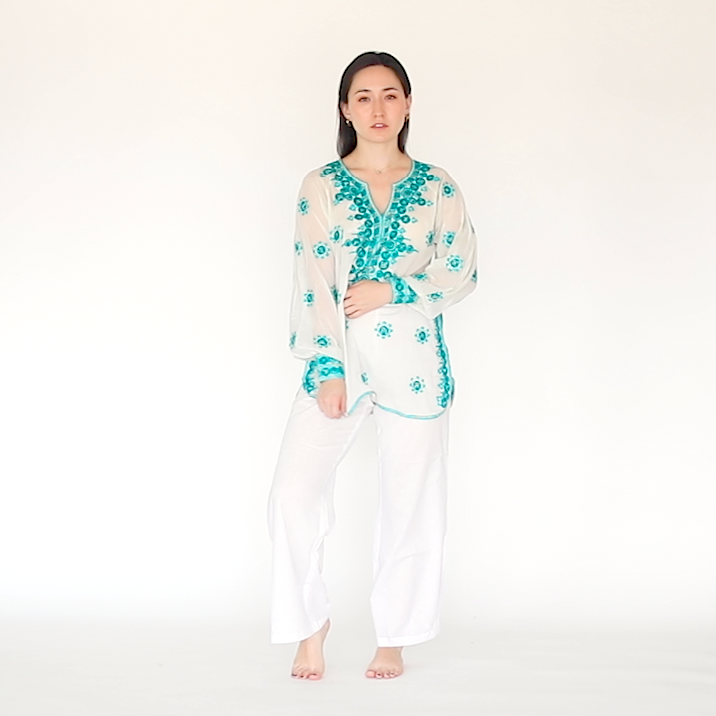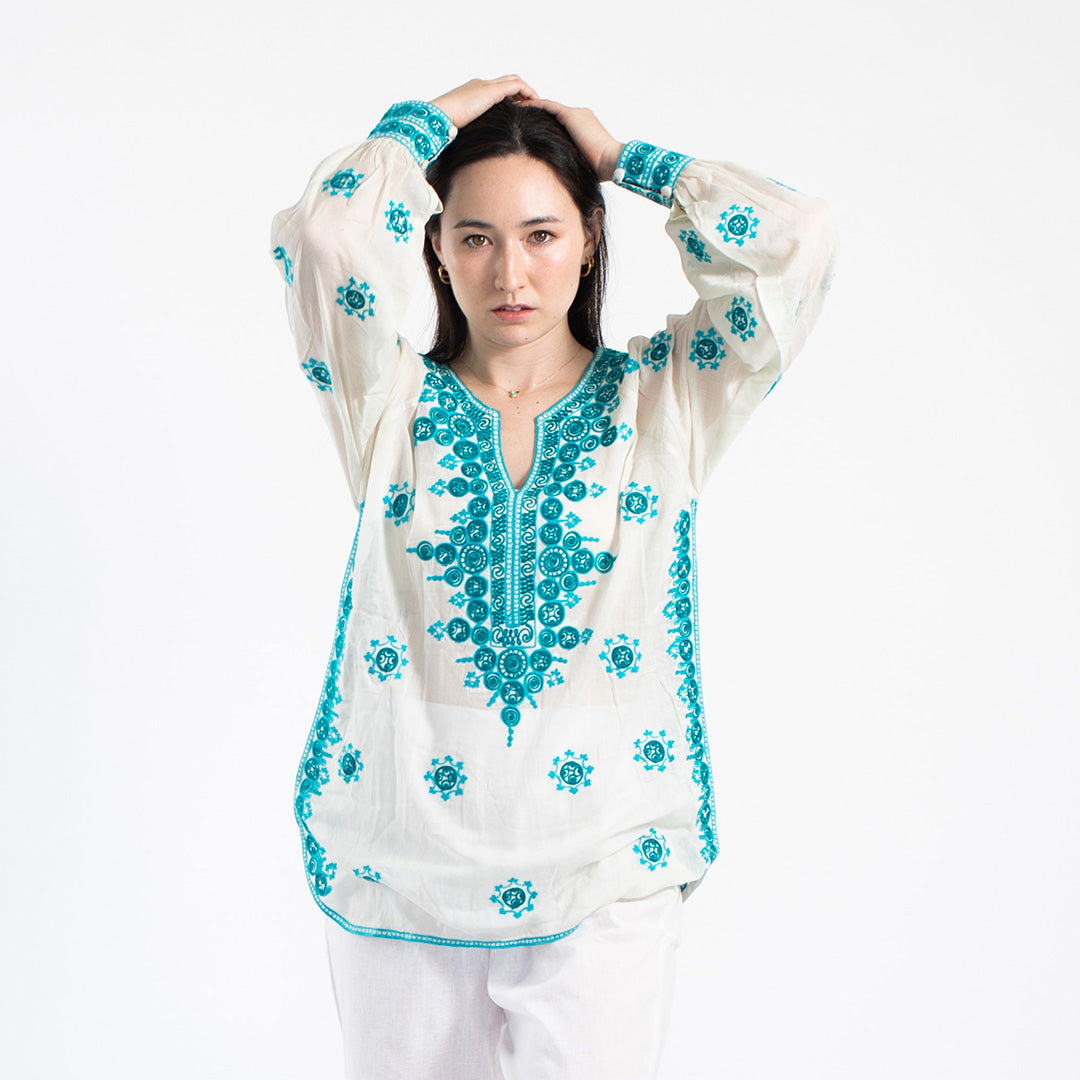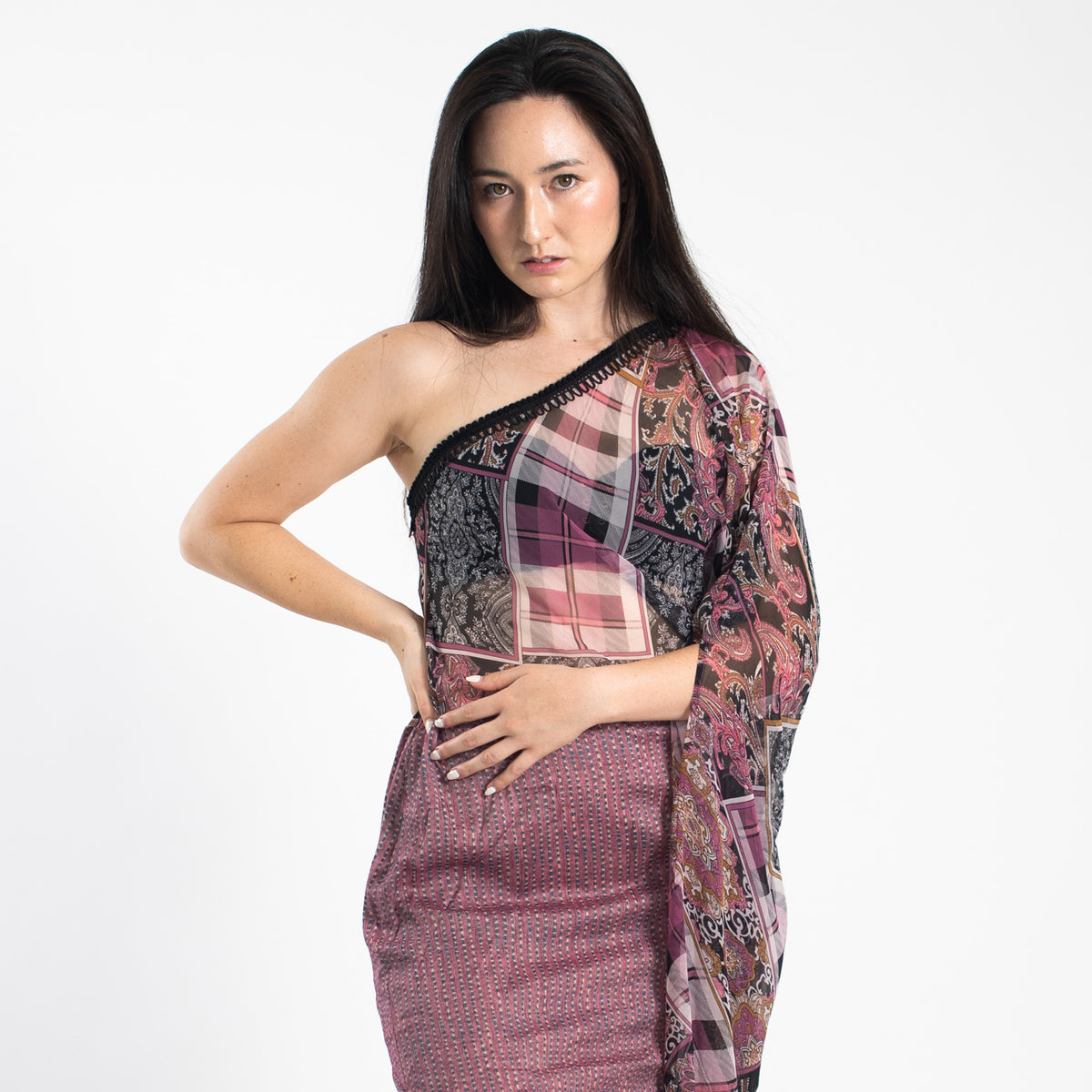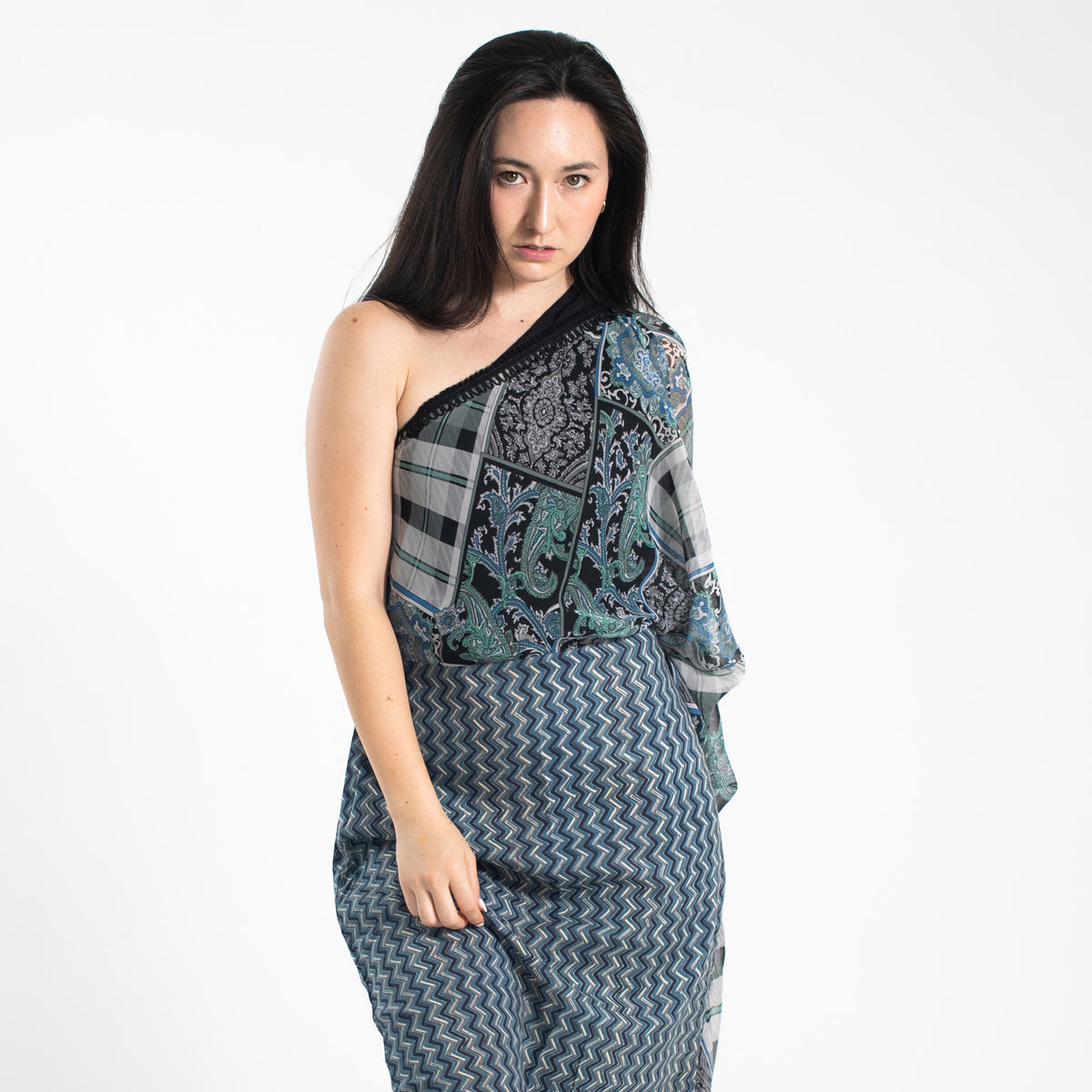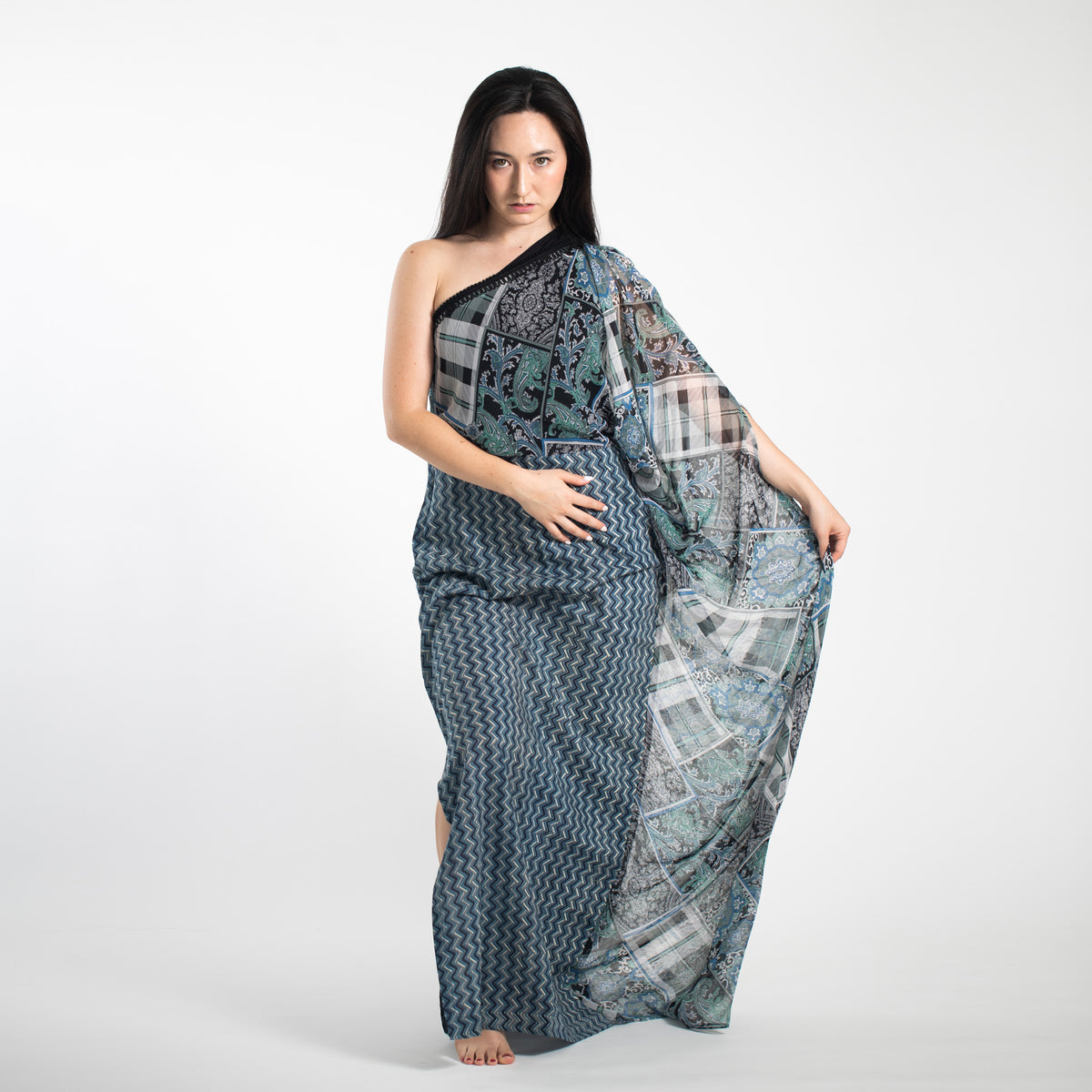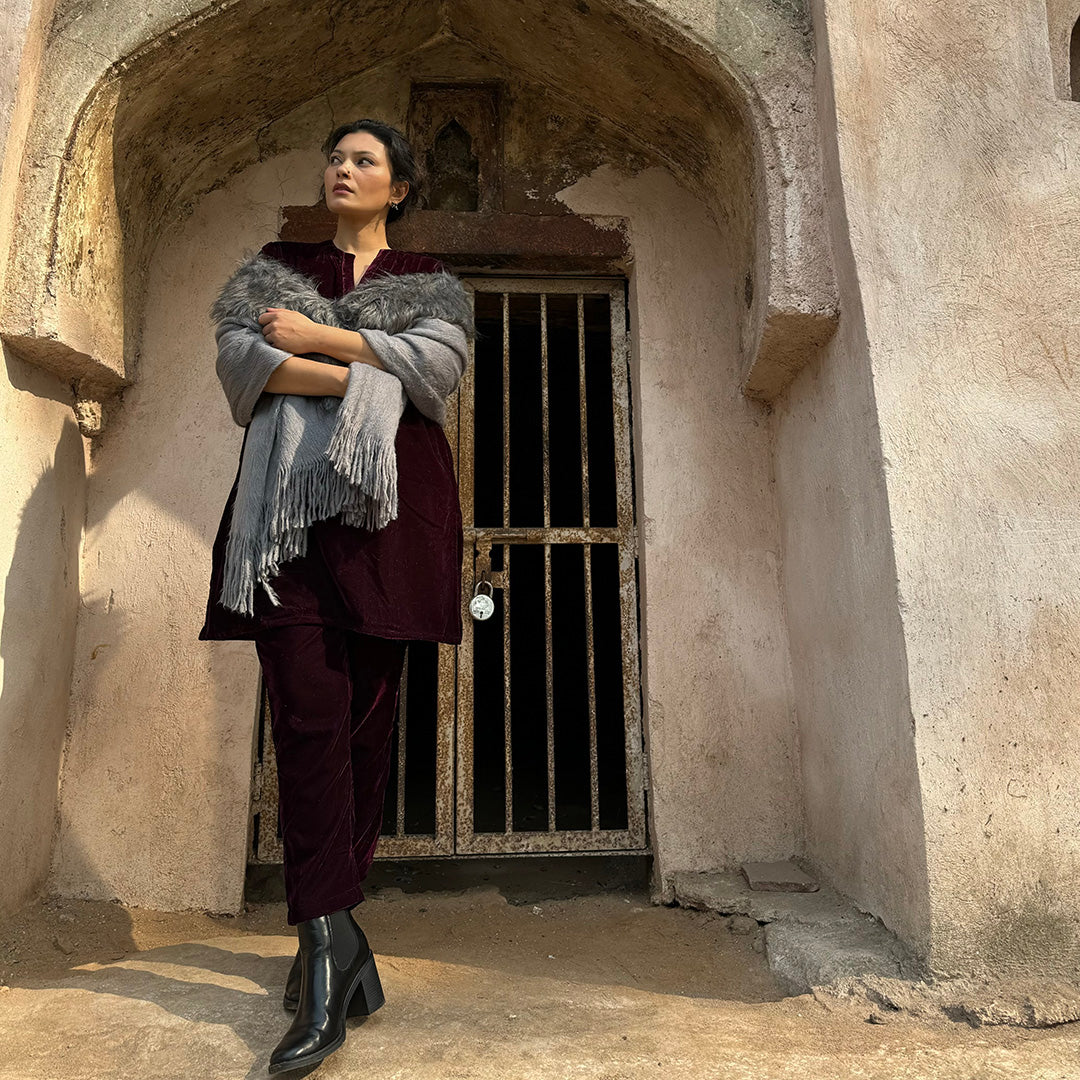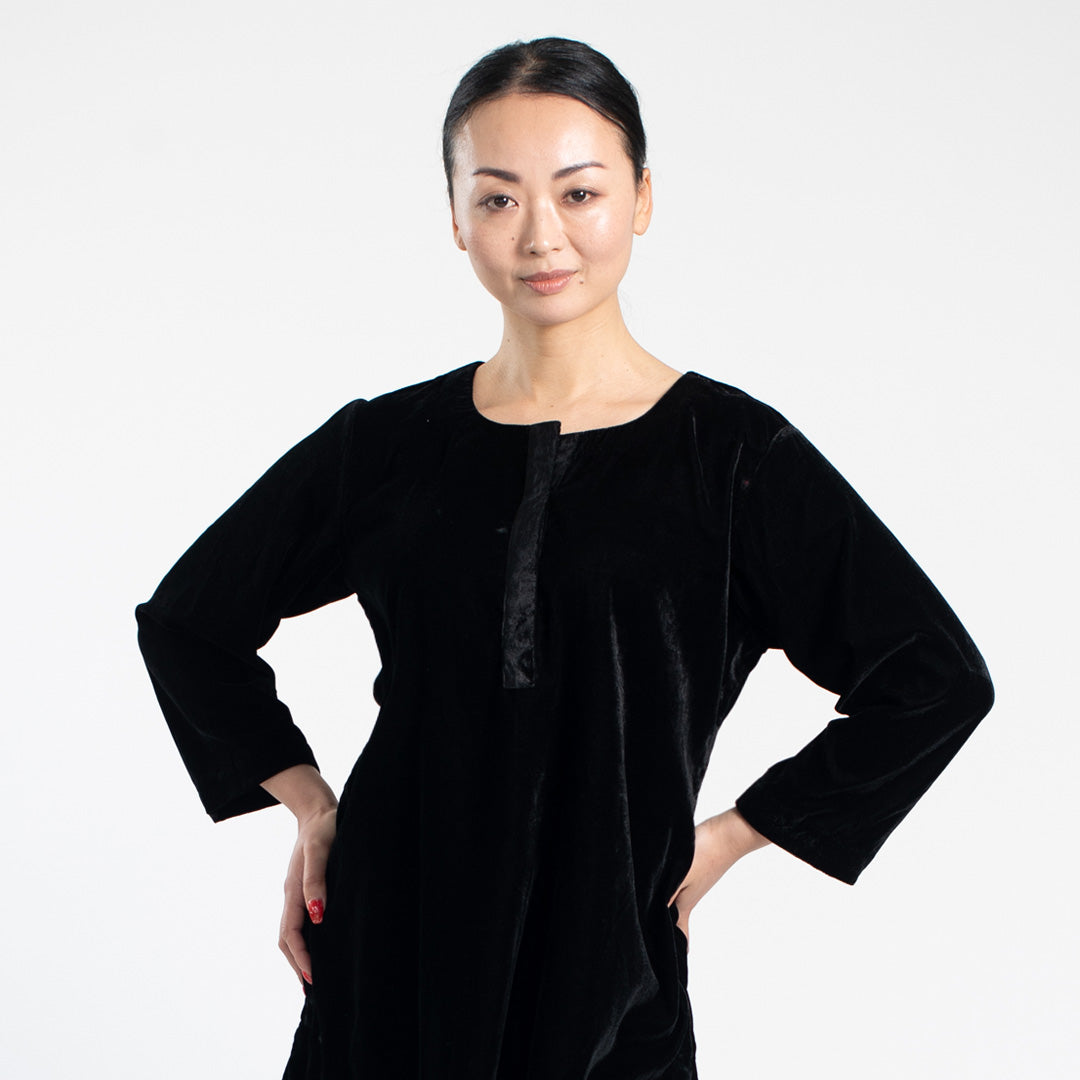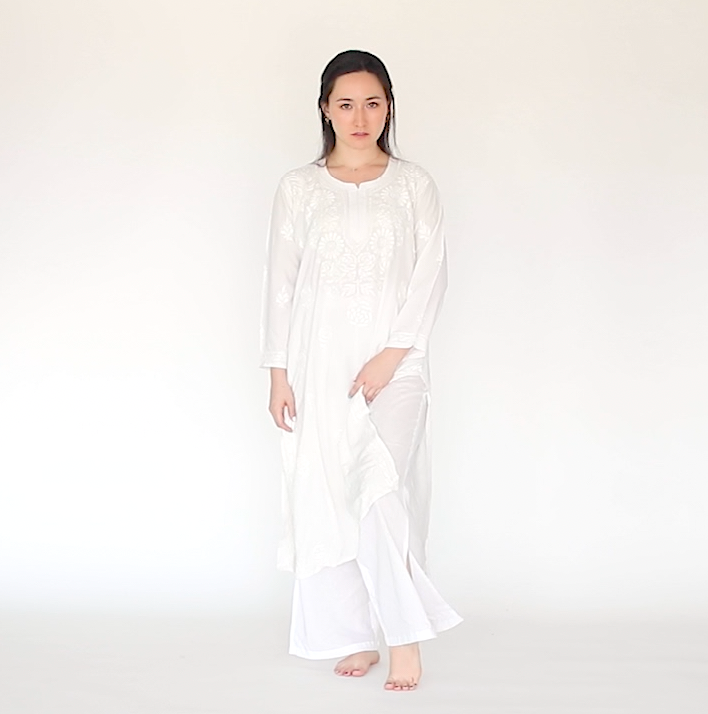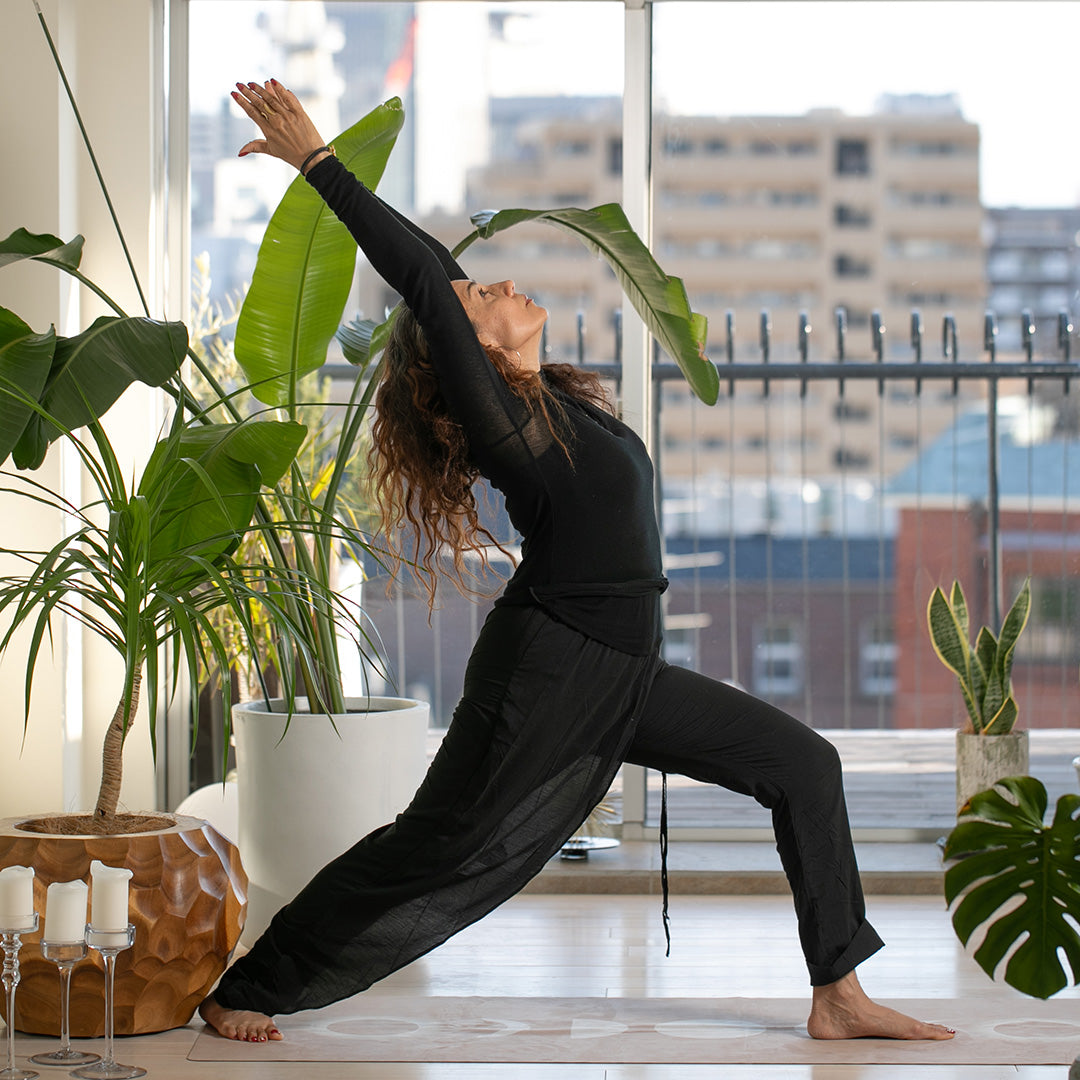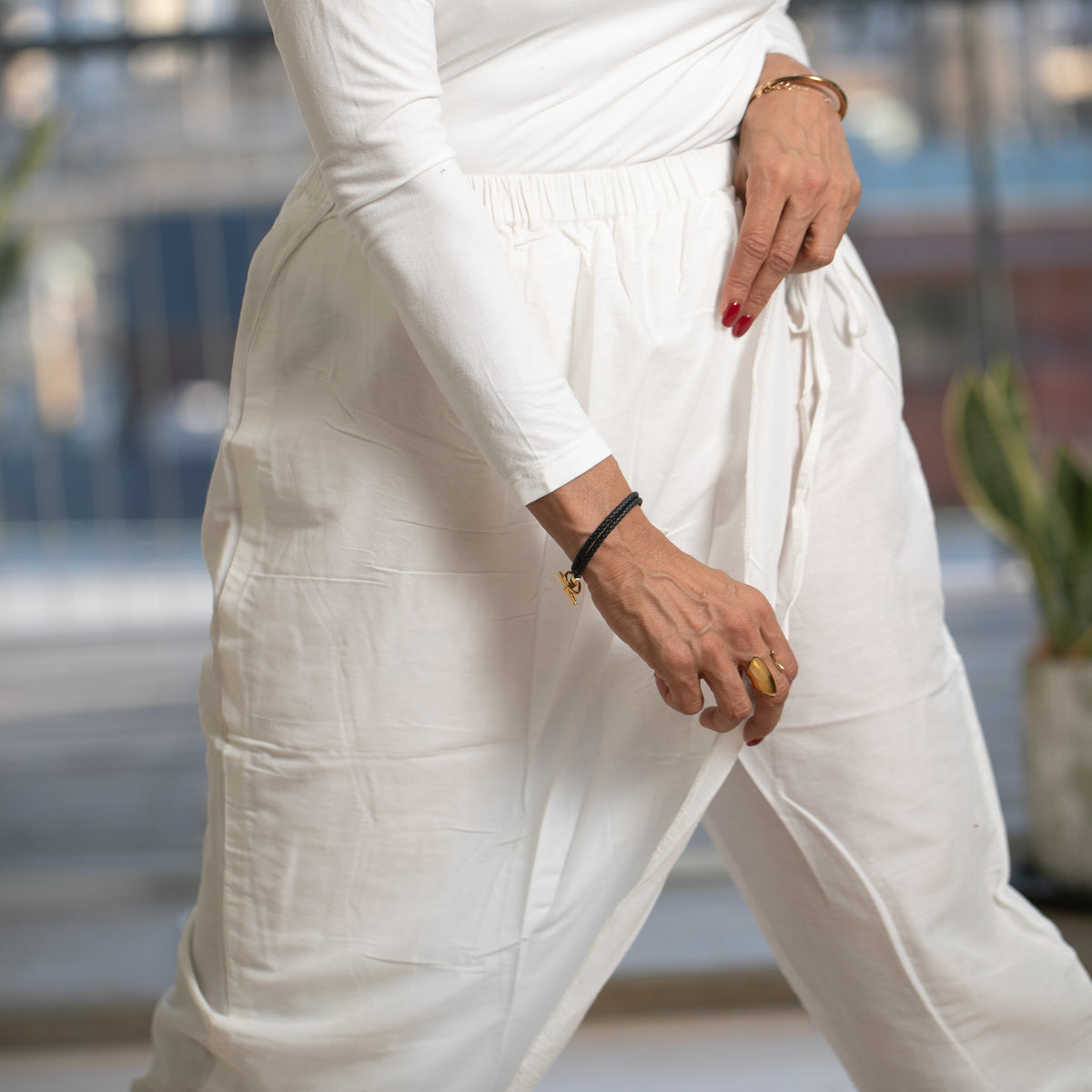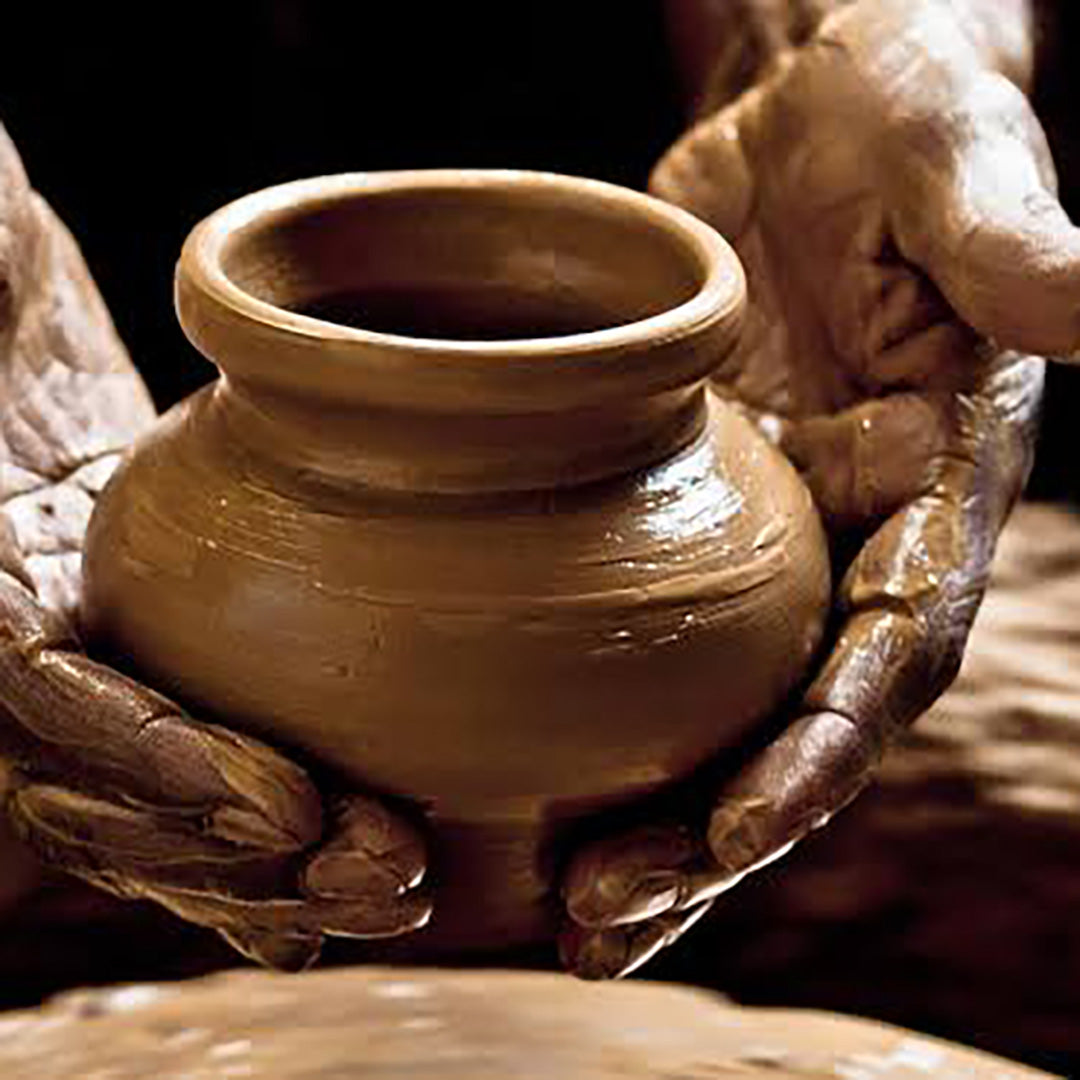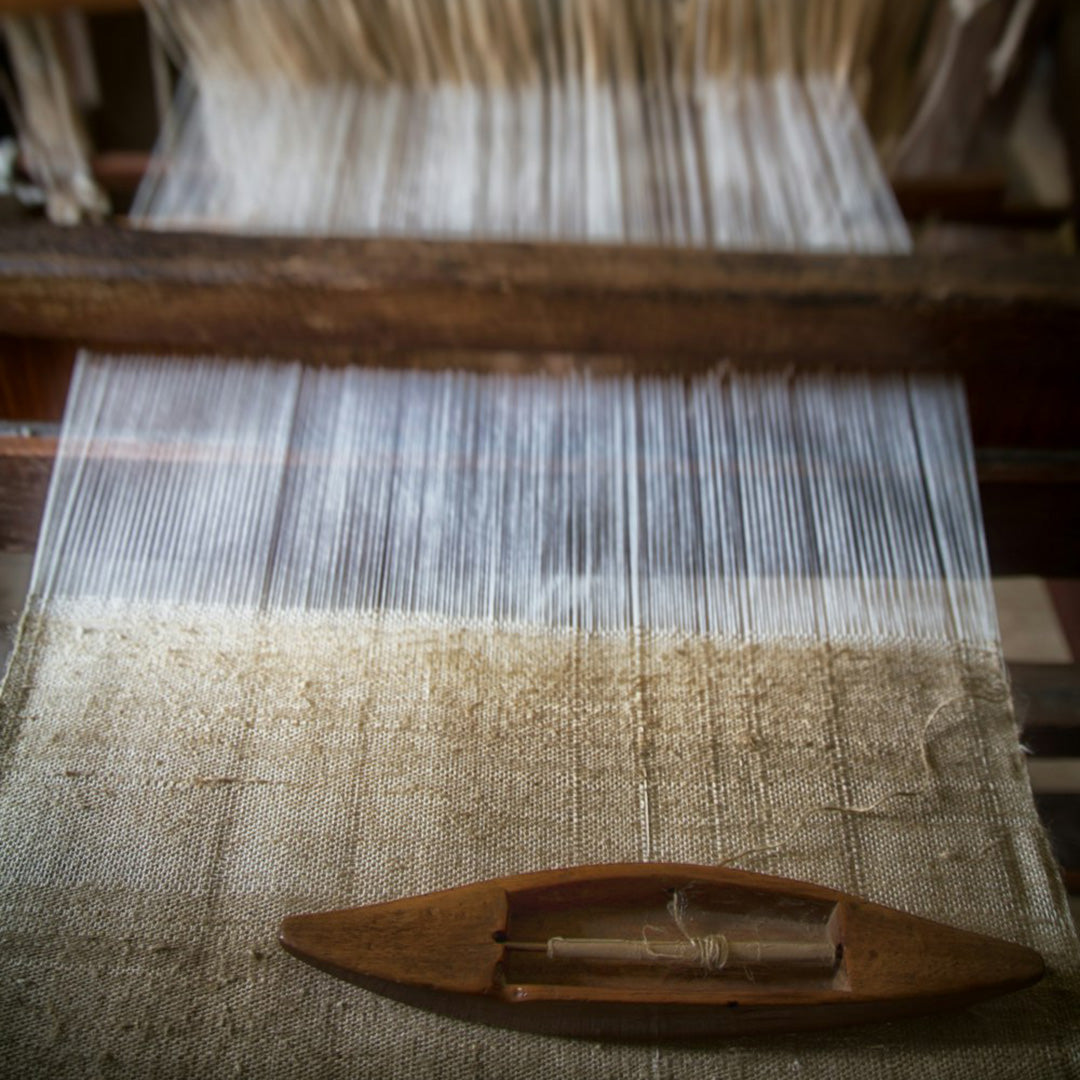インドの文化遺産の複雑なタペストリーの中で、シルクは歴史、贅沢、伝統が織り込まれた糸として際立っています。その起源は古代、おそらくインダス文明の頃にまで遡ります。インドシルクの重要性はシルクロード交易路に沿って拡大し、その絶妙な品質により世界の貿易業者の間で支持を得ました。
広大で多様なインドは、さまざまな種類のシルクの宝庫です。インドのシルクは、その絶妙な美しさと素晴らしさで、絹のような滑らかさ、輝くような外観、そして紛れもない魅力で知られています。古代よりシルクは、その永続的な魅力と優雅なエレガンスですべての人、特に女性を魅了してきました。
多様な種類のインドシルクは、この国の豊かな繊維遺産を示しています。
最も普及しているのは、森蚕由来のマルベリーシルクという品種です。タサールシルクは、自然なゴールドの色合いとアンテラエア蛾の豊かな質感が独特のタッチを加えています。一方、アッサム地方限定のムガシルクは、耐久性と魅惑的な黄金の光沢を誇ります。アヒムサシルクとしても知られるエリシルクは、動物実験を行わない生産という点で際立っています。
インドは、中国に次ぐ世界第二位の天然シルク生産国としての誇りを持っており、人類に知られているあらゆる種類の天然シルクを育成し、収穫することができる世界で唯一の国であるという栄誉を担っています。
シルクの生産は、蚕の飼育から繭の採取、絹の抽出に至るまで、細心の注意を払って行われます。ジャムダニ、バナラシ、カンジーバラム、パトラなどの伝統的な織り技術は、インドのシルクに独特の地域の風味を吹き込み、それぞれが職人技と芸術性の物語を伝えています。
文化的には、シルクはインドの結婚式、祭り、伝統的な衣装において極めて重要な役割を果たしています。繁栄、優雅さ、伝統の象徴として、全国的に愛されている生地となっています。タミル・ナドゥ州のカンジーバラム・シルクやウッタル・プラデーシュ州のバナラシ・シルクなど、さまざまな地域が独自のシルク伝統を提供しており、インドのシルク遺産の多様性を示しています。
現代においてもインドシルクは世界のファッションシーンを魅了し続けています。世界中のデザイナーがインドの伝統的なシルク生地を現代のコレクションに取り入れ、伝統と革新を融合させています。
最後に、インドシルクの旅…それは古代起源から現代に至るまで、インドシルクは時代に合わせた日々を紡いでいます。
The Silk Route
In the intricate tapestry of India's cultural heritage, silk stands out as a thread woven with history, luxury, and tradition. Its origins trace back to ancient times, possibly as early as the Indus Valley Civilization. Indian silk's significance expanded along the Silk Road trade routes, gaining favor among global traders for its exquisite quality.
The vast and diverse expanse of India is a treasure trove of various silk types. Indian silk, with its exquisite beauty and splendor, is celebrated for its silky smoothness, radiant appearance, and undeniable charm. Since ancient times, silk has held a mesmerizing appeal for everyone, especially among women, drawing them in with its enduring allure and graceful elegance.
Diverse varieties of Indian silk showcase the country's rich textile legacy. Mulberry silk, derived from the mori silkworm, reigns as the most prevalent type. Tasar silk, with its natural gold hue and rich texture from the Antheraea moth, adds a unique touch. Meanwhile, Muga silk, exclusive to Assam, boasts durability and a captivating golden sheen. Eri silk, also known as Ahimsa silk, sets itself apart for its cruelty-free production.
India, standing proudly as the world's second-largest natural silk producer following China, holds the distinguished honor of being the sole nation globally capable of nurturing and harvesting every type of natural silk known to mankind.
Silk production involves a meticulous process, from silkworm rearing to cocoon harvesting and silk extraction. Traditional weaving techniques like Jamdani, Banarasi, Kanjeevaram, and Patola imbue Indian silk with distinct regional flavors, each telling a story of craftsmanship and artistry.
Culturally, silk plays a pivotal role in Indian weddings, festivals, and traditional attire. Its symbolism of prosperity, elegance, and tradition makes it a cherished fabric nationwide. Various regions contribute their unique silk traditions, such as Kanjeevaram silk from Tamil Nadu or Banarasi silk from Uttar Pradesh, showcasing the diversity within India's silk heritage.
In contemporary times, Indian silk continues to captivate the global fashion scene. Designers worldwide incorporate traditional Indian silk fabrics into modern collections, blending heritage with innovation. In conclusion, Indian silk's journey—from ancient origins to modern-day adaptation.



